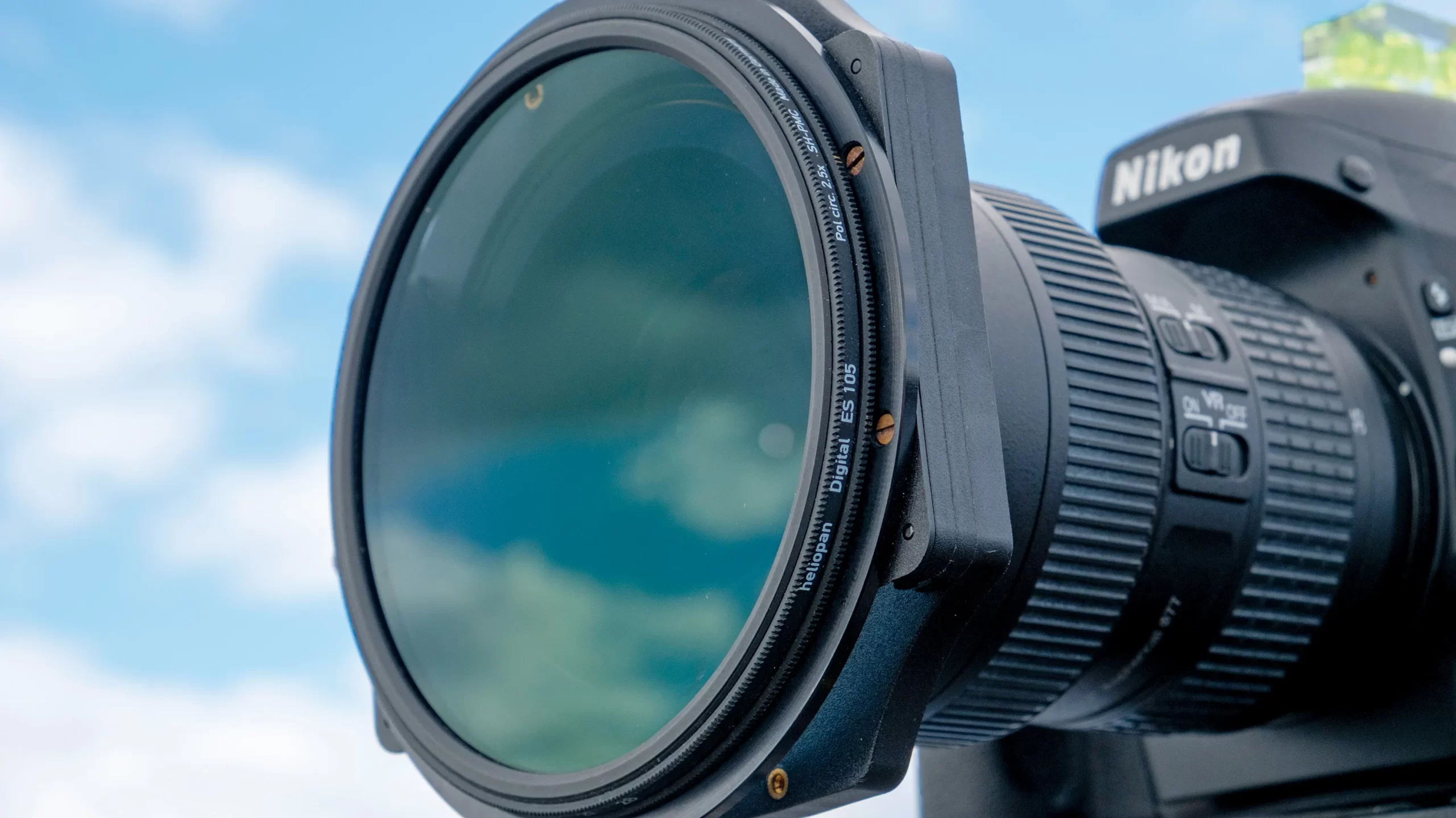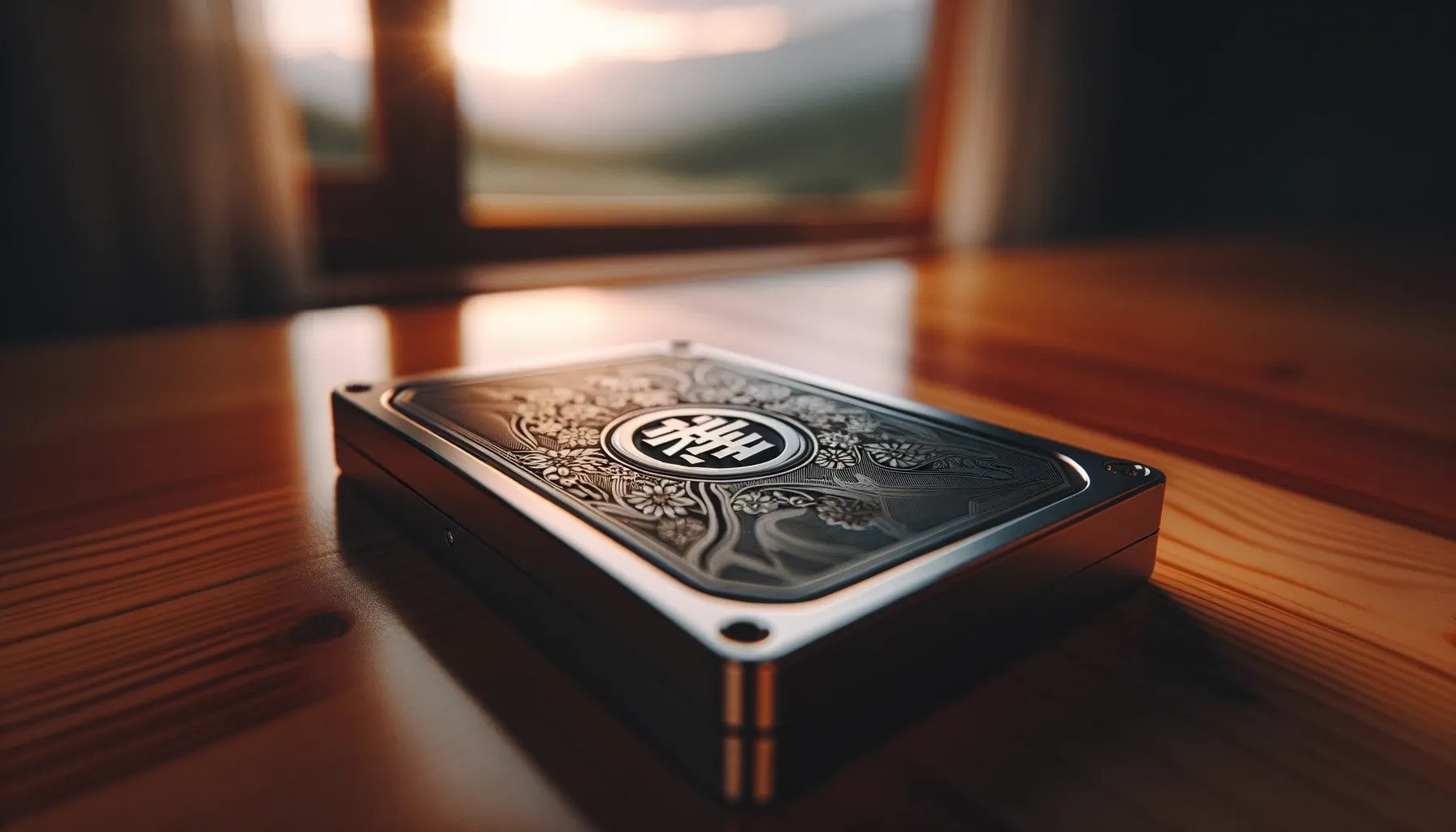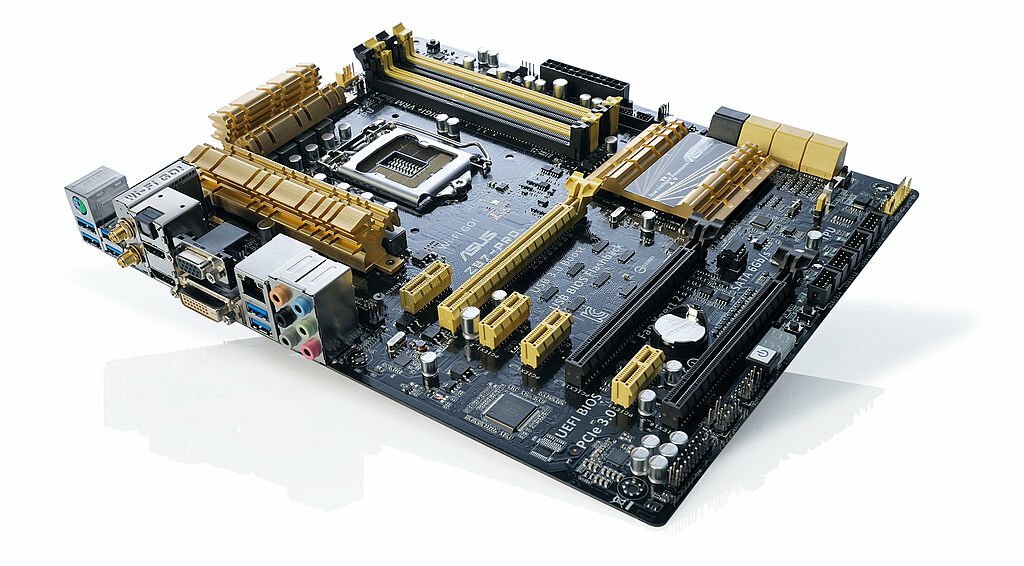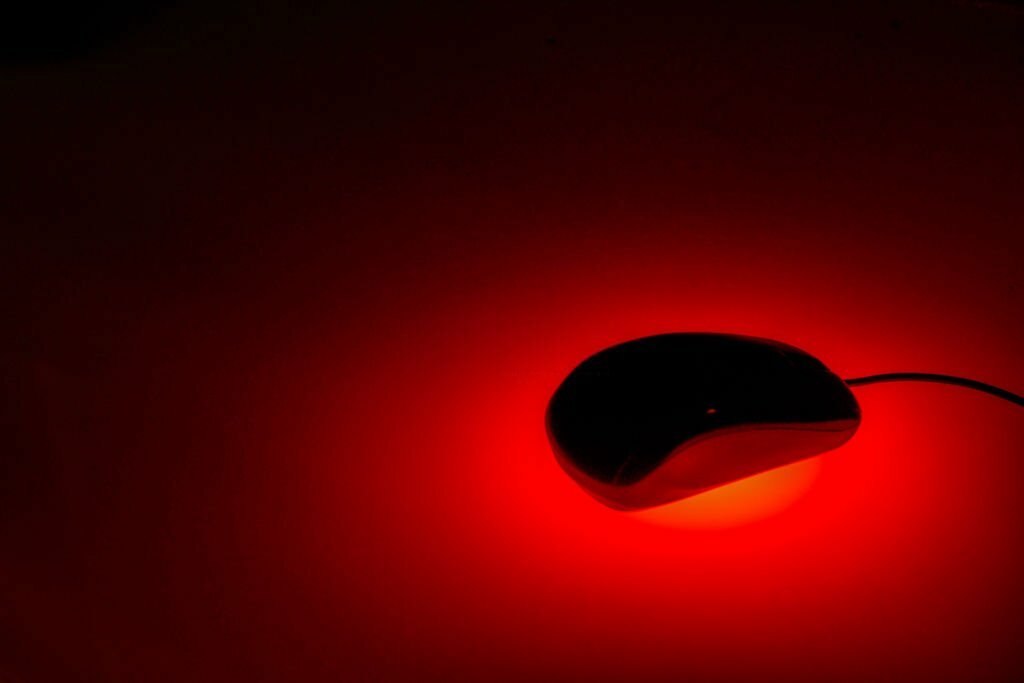Top 10 Camera Polarizer Lenses in 2023 To Enhance Your Photography
Table of Contents
Best camera polarizer lenses of 2023 with our comprehensive guide. Explore its benefits, specifications, pros, and cons to elevate your photography game.
In the ever-evolving realm of photography, capturing the perfect shot often requires the right equipment. Among the myriad of tools available to photographers, a reliable camera polarizer lens stands out as a game-changer. These lenses not only enhance the overall quality of your images but also offer versatility in various shooting conditions. In this comprehensive guide, we unveil the top 10 camera polarizer lenses of 2023, exploring their specifications, pros, and cons.
Benefits of Using Camera Polarizer Lenses
Enhanced Color Saturation:
Camera polarizer lenses intensify colors by reducing reflections, resulting in more vibrant and saturated images.
2. Reduced Glare and Reflections:
By minimizing glare and reflections, these lenses improve clarity, particularly in scenes with water, glass, or shiny surfaces.
3. Improved Contrast:
Polarizers increase the contrast between the sky and clouds, making the sky appear deeper blue and clouds more pronounced.
4. Sharper Images:
The reduction of atmospheric haze leads to clearer and sharper images, especially in landscapes and distant subjects.
5. Better Skin Tones:
These lenses can enhance skin tones by reducing the harsh reflections on the skin, resulting in more natural and flattering portraits.
6. Versatility in Various Lighting Conditions:
Camera polarizer lenses provide photographers with the flexibility to shoot in different lighting conditions, adapting to the environment.
7. Protection for Your Lens:
Acting as an additional layer, polarizers protect the camera lens from dust, moisture, and scratches.
8. Minimized Glare on Water Surfaces:
Polarizing filters are particularly effective in cutting through glare on water surfaces, revealing underlying details and textures.
9. Enhanced Transparency of Windows:
When shooting through windows, polarizers reduce reflections, allowing for clearer views and better interior visibility.
10. Reduced Atmospheric Haze:
By minimizing haze caused by air particles, these lenses improve the overall clarity and visibility of distant objects in landscapes. Read also RusticoTV.
1. Canon EF 77mm f/2.8L: A Masterpiece of Clarity
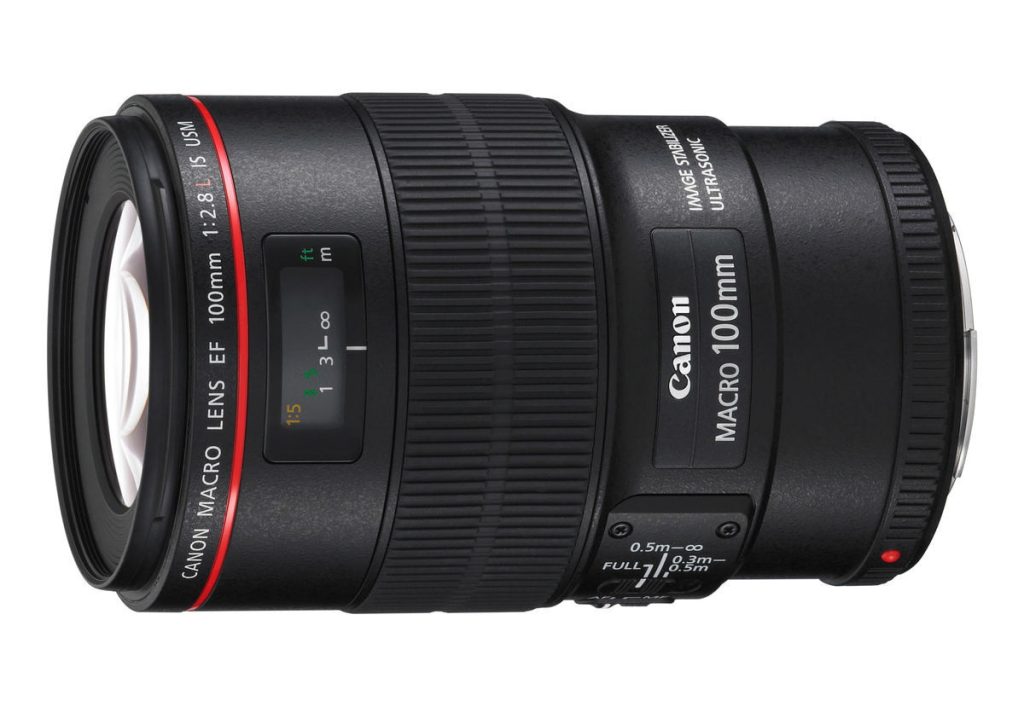
Specifications:
- Focal Length: 77mm
- Aperture Range: f/2.8
- Filter Size: 77mm
- Coating: Super Spectra
- Construction: Weather-sealed
Pros:
- Exceptional image sharpness
- Superior build quality
- Effective weather sealing
Cons:
- The price point may be prohibitive for some
2. Nikon AF-S FX NIKKOR 58mm f/1.4G: The Low-Light Maestro
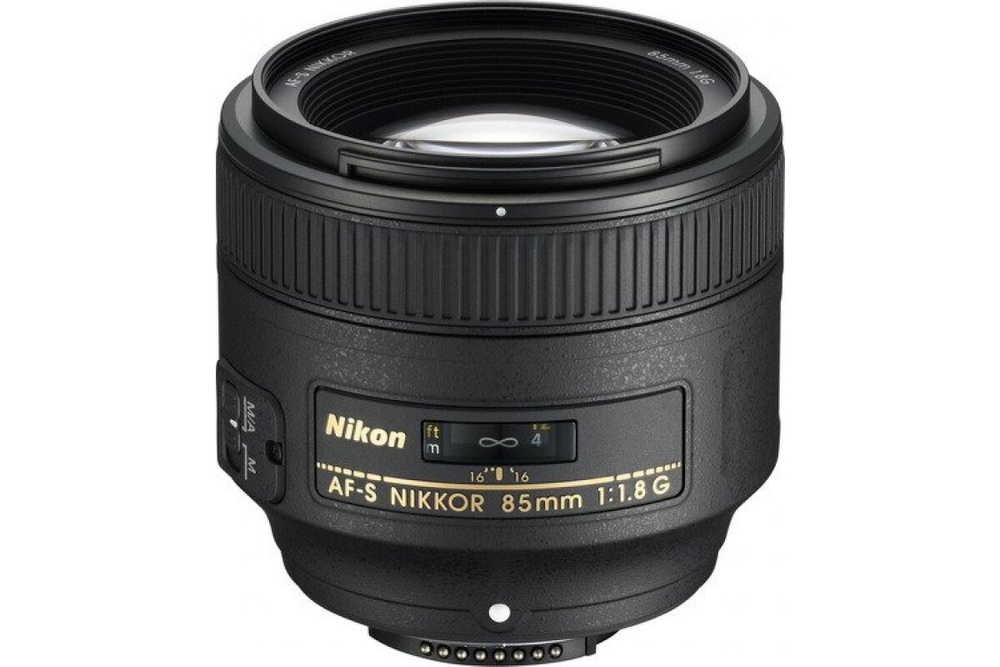
Specifications:
- Focal Length: 58mm
- Aperture Range: f/1.4
- Filter Size: 72mm
- Coating: Nano Crystal Coat
- Construction: Aspherical Lens Element
Pros:
- Outstanding low-light performance
- Bokeh-rich background blur
- Advanced lens coating for reduced flare
Cons:
- Slightly heavier than comparable lenses
3. Sony FE 85mm f/1.4 GM: Precision at its Finest
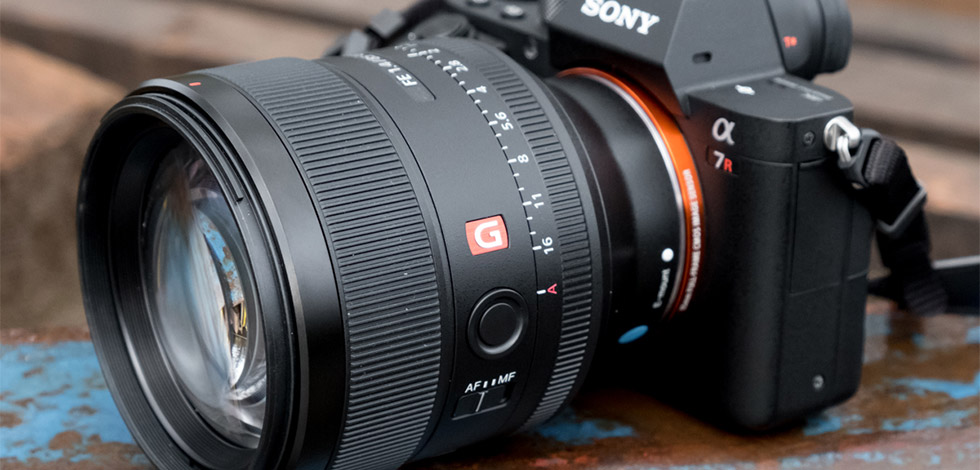
Specifications:
- Focal Length: 85mm
- Aperture Range: f/1.4
- Filter Size: 77mm
- Coating: Nano AR Coating
- Construction: 11-blade circular aperture
Pros:
- Impressive bokeh rendering
- Fast and accurate autofocus
- Excellent color reproduction
Cons:
- High price tag
4. Sigma 35mm f/1.4 DG HSM Art: The Wide-Angle Wonder
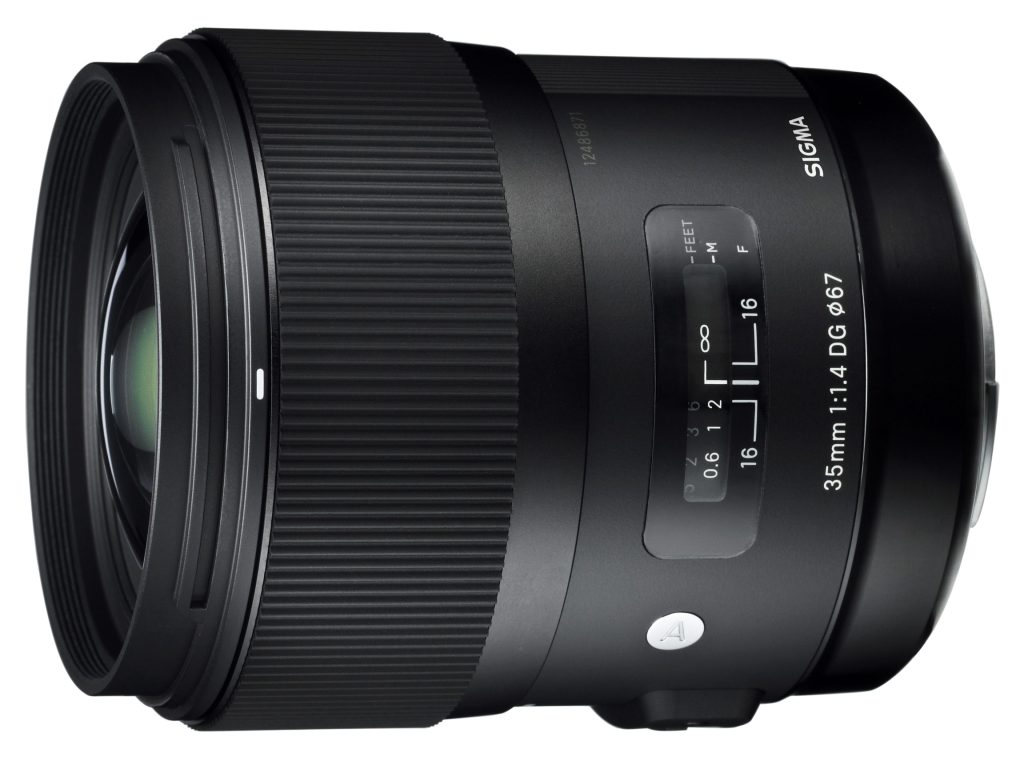
Specifications:
- Focal Length: 35mm
- Aperture Range: f/1.4
- Filter Size: 67mm
- Coating: Super Multi-Layer Coating
- Construction: Hyper Sonic Motor (HSM)
Pros:
- Wide-angle versatility
- Exceptional low-light performance
- Robust build quality
Cons:
- Some distortion at wider apertures
5. Tamron SP 24-70mm f/2.8 DI VC USD G2: Versatility Redefined
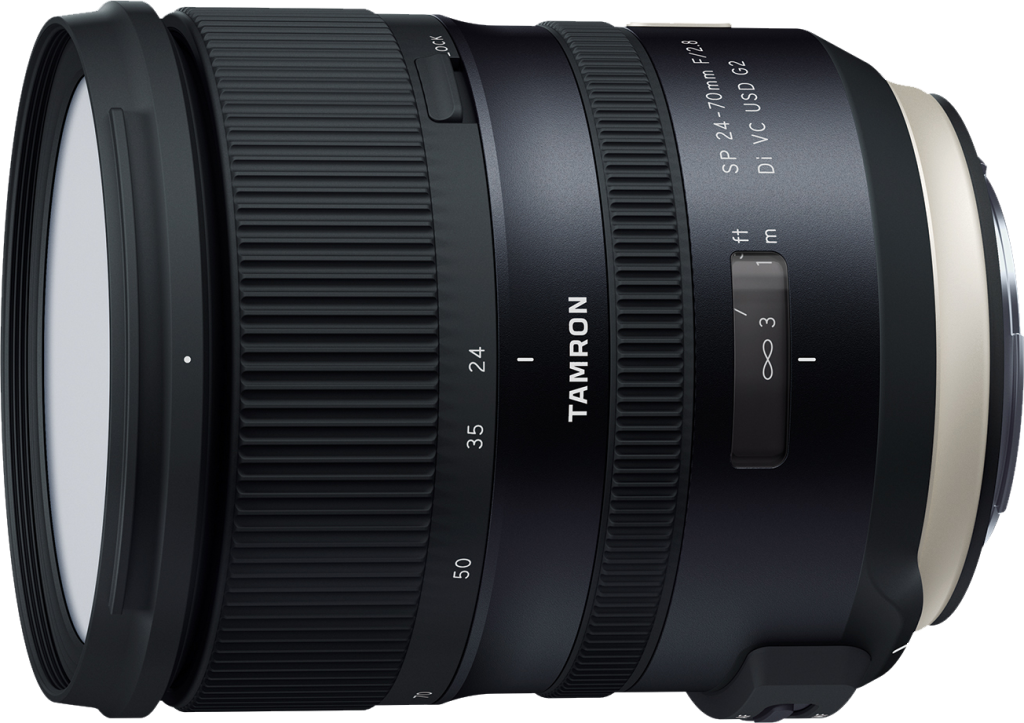
Specifications:
- Focal Length: 24-70mm
- Aperture Range: f/2.8
- Filter Size: 82mm
- Coating: eBAND and BBAR Coating
- Construction: Vibration Compensation (VC)
Pros:
- Versatile zoom range
- Effective image stabilization
- Moisture-resistant construction
Cons:
- Slightly bulkier than non-stabilized counterparts
6. Fujifilm XF 56mm f/1.2 R: Portrait Perfection
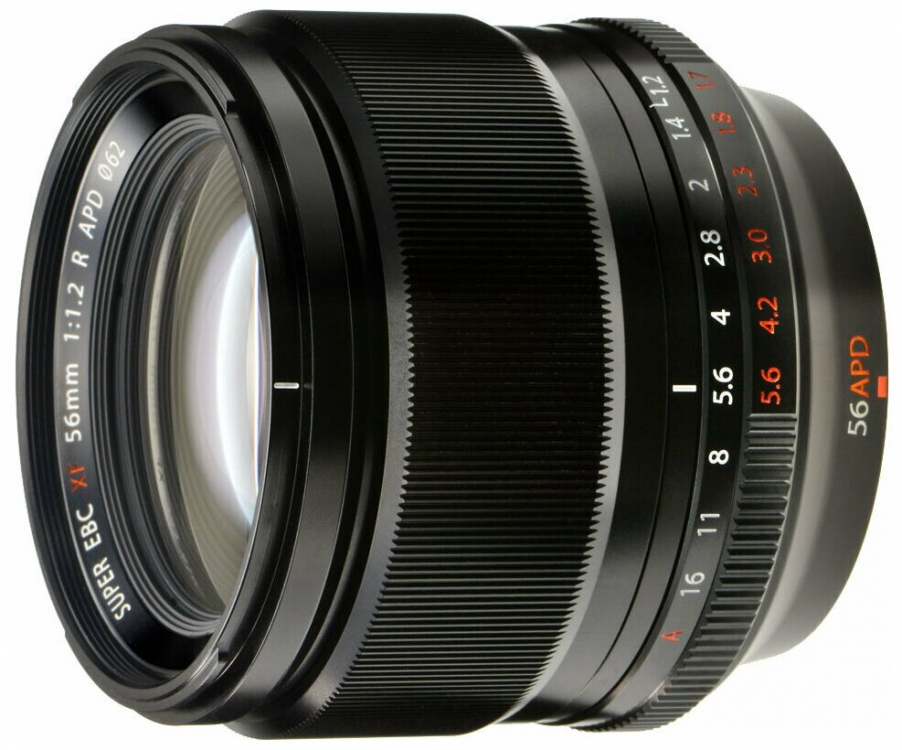
Specifications:
- Focal Length: 56mm
- Aperture Range: f/1.2
- Filter Size: 62mm
- Coating: HT-EBC Coating
- Construction: Rounded 7-blade diaphragm
Pros:
- Ideal for portrait photography
- Excellent low-light performance
- Beautifully rendered bokeh
Cons:
- Relatively heavy for its size
7. Panasonic Lumix G X Vario 12-35mm f/2.8 II: Compact Powerhouse
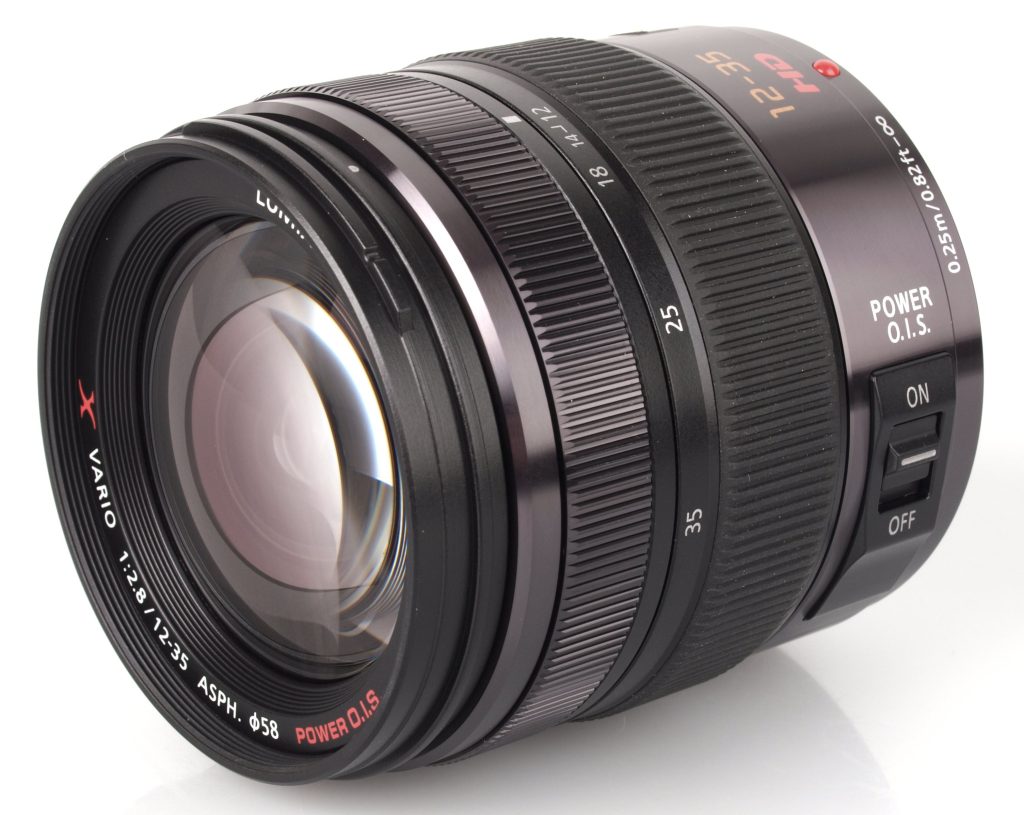
Specifications:
- Focal Length: 12-35mm
- Aperture Range: f/2.8
- Filter Size: 58mm
- Coating: Nano Surface Coating
- Construction: Power O.I.S. Image Stabilization
Pros:
- Compact and lightweight
- Dual IS compatibility
- Silent autofocus
Cons:
- Price may be steep for some micro-four-thirds users
8. Tokina AT-X 16-28mm f/2.8 Pro FX: A Wide-Angle Marvel
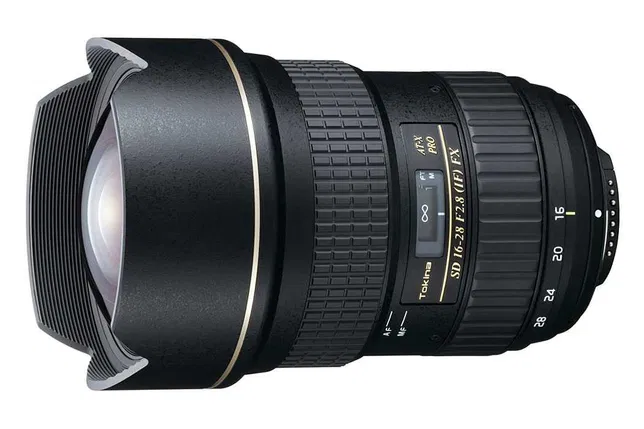
Specifications:
- Focal Length: 16-28mm
- Aperture Range: f/2.8
- Filter Size: 77mm
- Coating: Multi-layer coating
- Construction: One-touch focus clutch mechanism
Pros:
- Wide-angle versatility
- Sturdy build quality
- Internal focusing system
Cons:
- Bulky and heavy
9. Olympus M.Zuiko Digital ED 12-40mm f/2.8 Pro: Precision for Micro Four Thirds
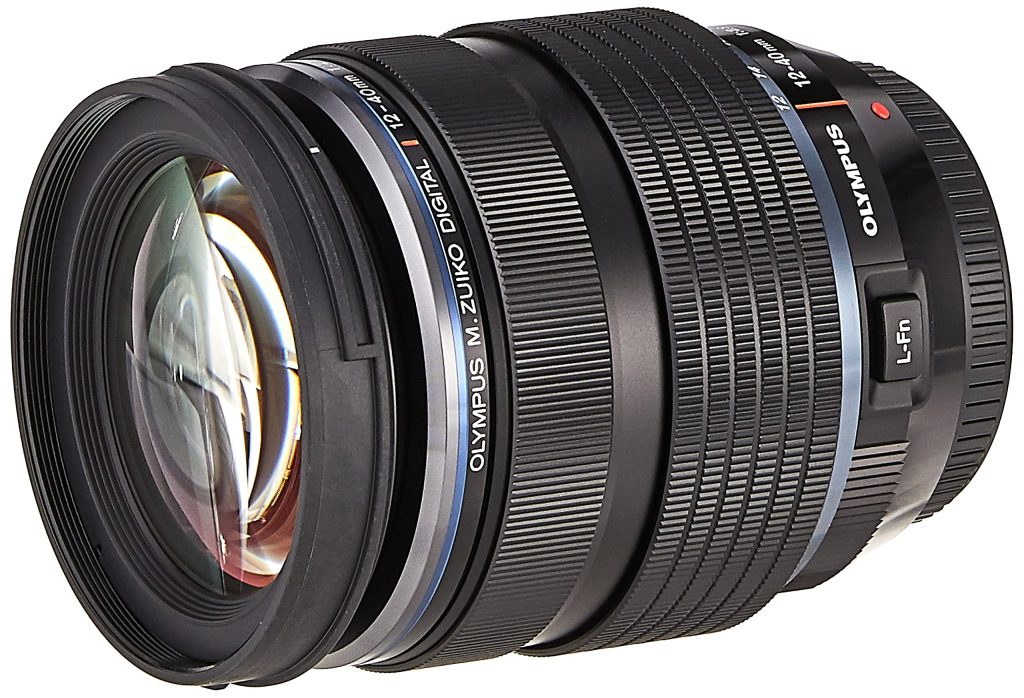
Specifications:
- Focal Length: 12-40mm
- Aperture Range: f/2.8
- Filter Size: 62mm
- Coating: ZERO (Zuiko Extra-low Reflection Optical) Coating
- Construction: Dustproof and splashproof
Pros:
- Compact design for Micro Four Thirds
- Fast and accurate autofocus
- Excellent edge-to-edge sharpness
Cons:
- Relatively expensive for the Micro Four Thirds market
10. Rokinon 14mm f/2.8 IF ED UMC: Budget-Friendly Ultra-Wide
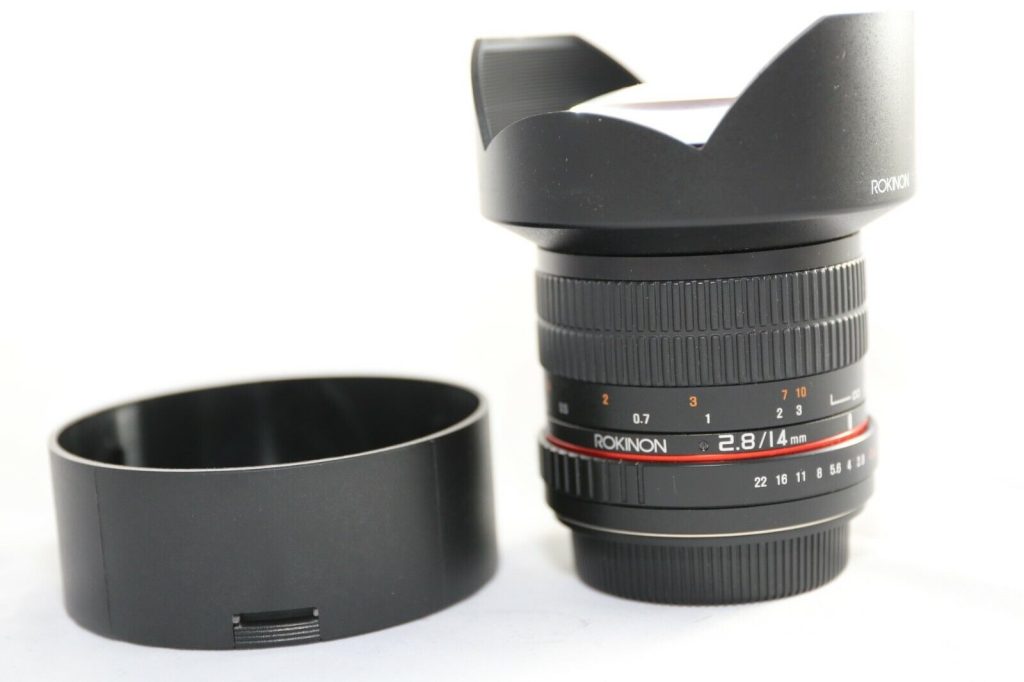
Specifications:
- Focal Length: 14mm
- Aperture Range: f/2.8
- Filter Size: N/A
- Coating: UMC (Ultra Multi-Coating)
- Construction: Built-in petal-type hood
Pros:
- Affordable ultra-wide option
- Minimal distortion for the focal length
- Lightweight and compact
Cons:
- Manual focus only
- Limited versatility due to fixed focal length
Final Words
Choosing the right camera polarizer lens involves careful consideration of your specific needs and preferences. Whether you prioritize low-light performance, versatility, or budget-friendly options, the top 10 lenses listed above cater to a diverse range of photographers. Upgrade your gear, unlock new creative possibilities, and capture breathtaking moments with the brilliance offered by these exceptional camera polarizer lenses.
People also ask
What does a polarizer do for a camera lens?
A polarizer for a camera lens reduces glare, reflections, and atmospheric haze, enhancing overall photo quality.
What do polarized lenses do on cameras?
Polarized lenses on cameras filter out unwanted light, resulting in improved color saturation, increased contrast, and reduced reflections.
What is the use of a polarizer?
The primary use of a polarizer is to enhance image quality by minimizing glare, reflections, and atmospheric interference, especially in outdoor photography.
Do I need a polarizing filter for my camera?
If you want vibrant, glare-free photos with enhanced clarity, a polarizing filter is a valuable addition to your camera gear, particularly for outdoor and landscape photography.
